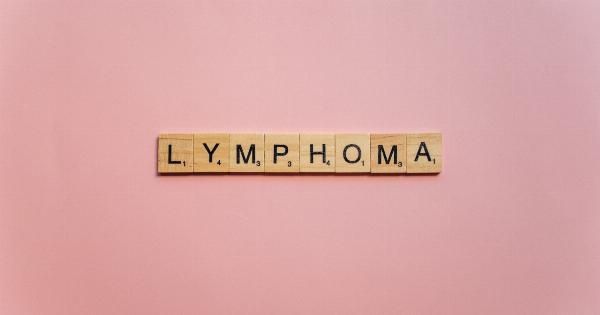Aneurysms are a potentially life-threatening health condition that occurs when there is a weakened area in the wall of a blood vessel, leading to a bulging or ballooning of the vessel.
This weakened area can rupture and cause severe internal bleeding, which often results in serious complications or even death. It is crucial to understand the detection and remedies available for aneurysms to prevent such devastating outcomes. In this article, we will explore everything you need to know about aneurysms, from their detection to available treatment options.
What Causes Aneurysms?
Aneurysms can occur in any blood vessel, but they are most commonly found in the arteries that supply blood to the brain, called cerebral aneurysms. These can develop as a result of many factors, including:.
- Genetic factors
- High blood pressure
- Atherosclerosis (build-up of fats and cholesterol in the arteries)
- Smoking
- Head injury
- Infection
- Drug abuse
Detection of Aneurysms
Detecting aneurysms before they rupture is essential for preventing life-threatening complications. There are several methods used to diagnose aneurysms, including:.
1. Medical History and Physical Examination
During the initial assessment, your healthcare provider will ask you about your medical history and any symptoms you may be experiencing.
They will also perform a physical examination to check for signs of an aneurysm, such as abnormal pulsations or a bulging blood vessel.
2. Imaging Tests
To confirm the presence of an aneurysm and evaluate its size and location, imaging tests are typically used. These may include:.
- Magnetic Resonance Angiography (MRA): This non-invasive test uses a magnetic field and radio waves to create detailed images of blood vessels.
- Computerized Tomography Angiography (CTA): A dye is injected into a vein, and a CT scanner is used to create 3D images of the blood vessels.
- Cerebral Angiogram: During this invasive procedure, a contrast dye is injected into the blood vessels, and X-ray images are taken to visualize the arteries in the brain.
Treatment Options for Aneurysms
The appropriate treatment for an aneurysm depends on factors such as its size, location, and the overall health of the patient. The available treatment options include:.
1. Watchful Waiting
If an aneurysm is small, unruptured, and not causing any symptoms, your doctor may recommend a watchful waiting approach. Regular monitoring with imaging tests will be conducted to track any changes in the aneurysm’s size or condition.
2. Surgical Clipping
Surgical clipping is a procedure where a small metal clip is placed around the neck of the aneurysm, preventing blood flow into it. This helps prevent the risk of rupture.
It is a conventional treatment method and may be recommended for aneurysms that are easily accessible.
3. Endovascular Coiling
Endovascular coiling, also known as coil embolization, is a minimally invasive procedure performed by interventional radiologists.
During the procedure, a catheter is inserted into the blood vessel, and tiny platinum coils are placed within the aneurysm. These coils promote blood clotting and reduce the risk of rupture.
4. Flow Diversion
Flow diversion is a relatively newer treatment technique for complex aneurysms. It involves placing a stent-like device called a flow diverter in the affected blood vessel.
The flow diverter redirects the blood flow away from the aneurysm, promoting healing and reducing the risk of rupture.
5. Aneurysm Clipping and Bypass
In certain cases, where an aneurysm is located in a challenging position or involves multiple blood vessels, a combination of surgical clipping and bypass surgery may be performed.
Bypass surgery involves creating an alternate route for blood flow to bypass the aneurysm.
Outlook and Prognosis
The prognosis for individuals with aneurysms depends on various factors, including the size and location of the aneurysm, the age and overall health of the patient, and the promptness of treatment.
Early detection and appropriate treatment significantly improve the chances of a positive outcome. However, ruptured aneurysms carry a higher risk of complications and mortality.
Prevention
Although not all aneurysms can be prevented, certain lifestyle modifications can reduce the risk of developing an aneurysm or help prevent their rupture. These include:.
- Quitting smoking
- Maintaining a healthy blood pressure
- Eating a balanced diet low in saturated fats and cholesterol
- Exercising regularly
- Managing stress effectively
- Avoiding drug abuse
Conclusion
Aneurysms are a serious medical condition that requires prompt detection and appropriate treatment to prevent life-threatening consequences.
By understanding the causes, detection methods, and available treatment options, individuals can take proactive steps towards their healthcare. Remember to seek medical attention if you experience any symptoms or risk factors associated with aneurysms. Stay informed, follow preventive measures, and prioritize your health to reduce the likelihood of an aneurysm and its complications.





























